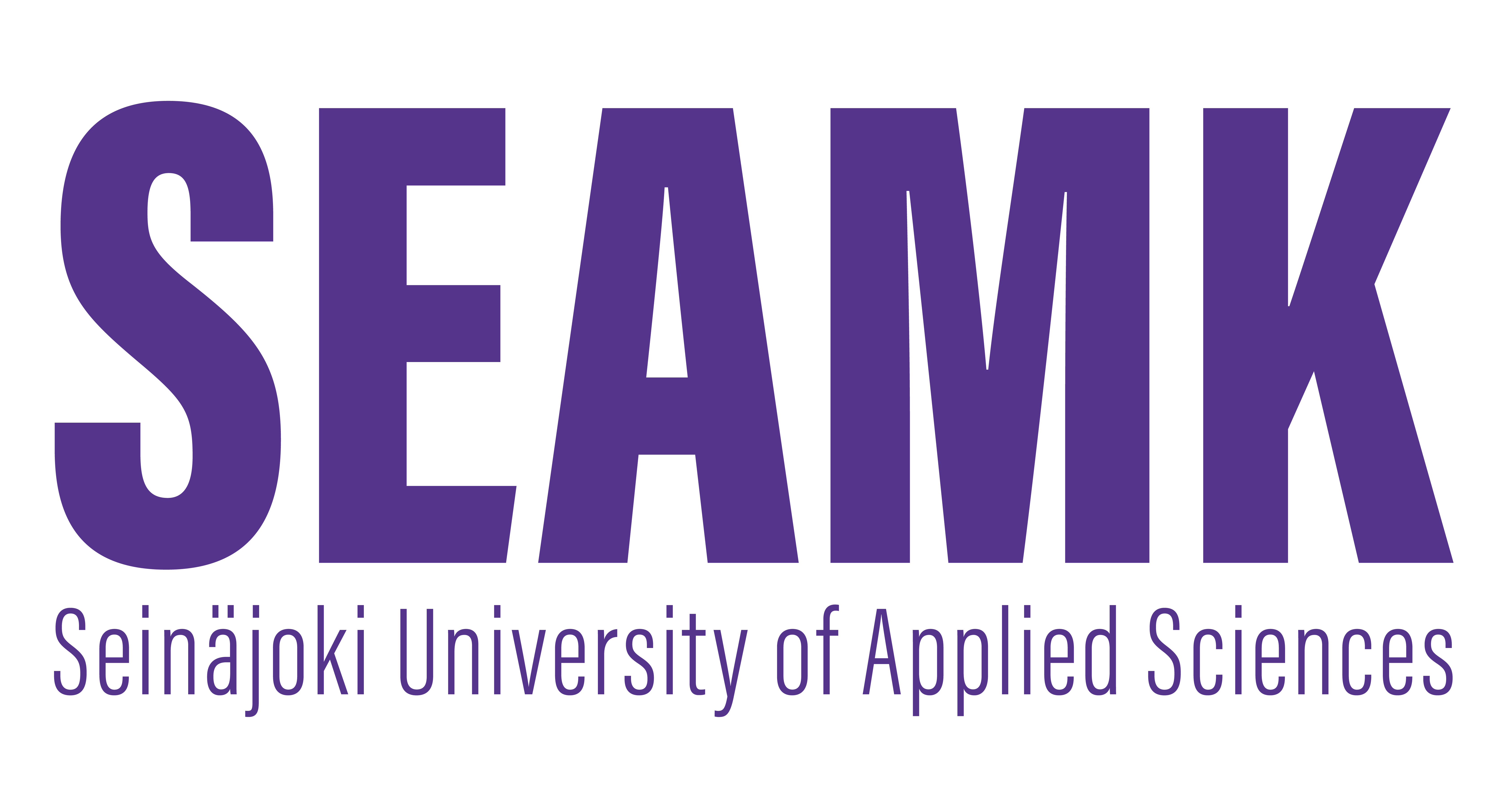Anatomy of the Musculoskeletal System 2 (1cr)
Course unit code: KG10BP38
General information
- Credits
- 1 cr
Objective
Students
-will be able to name and palpate parts of bones in a skeleton and in a human body
- will be able to name and palpate joints and describe their structure and function
-will be able to name muscles and their attachment sites and analyse their function in human mobility
-will know how to locate muscles and their attachment sites in anatomical models and in a human body
Content
- Anatomy and physiology of the musculoskeletal system
Qualifications
No previous studies are required.
Assessment criteria, satisfactory (1)
Satisfactory:
Students recognise the theoretical model of the physiotherapy process and are partly able to explain its components. They are able to name and palpate most human musculo-skeletal structures in familiar situations. They apply anatomical theoretical knowledge to some extent to assess musculo-skeletal function in various movements.
Assessment criteria, good (3)
Good:
Students know the theoretical model of the physiotherapy process, including its components. They are able to name and palpate human musculo-skeletal structures in familiar situations. They apply relatively well anatomical theoretical knowledge to assess musculo-skeletal function in various movements.
Assessment criteria, excellent (5)
Excellent:
Students know the theoretical model of the physiotherapy process, including its components. They are able to confidently name and palpate human musculo-skeletal structures in various situations. They competently apply anatomical theoretical knowledge to assess musculo-skeletal function in various movements.
Materials
Students will receive a reading list.
Further information
Courses: Biomechanics 2 cr, Anatomy of the musculoskeletal system 4.5 cr, Examination of patients/clients 2.5 cr, Basics of research methods 1 cr.
